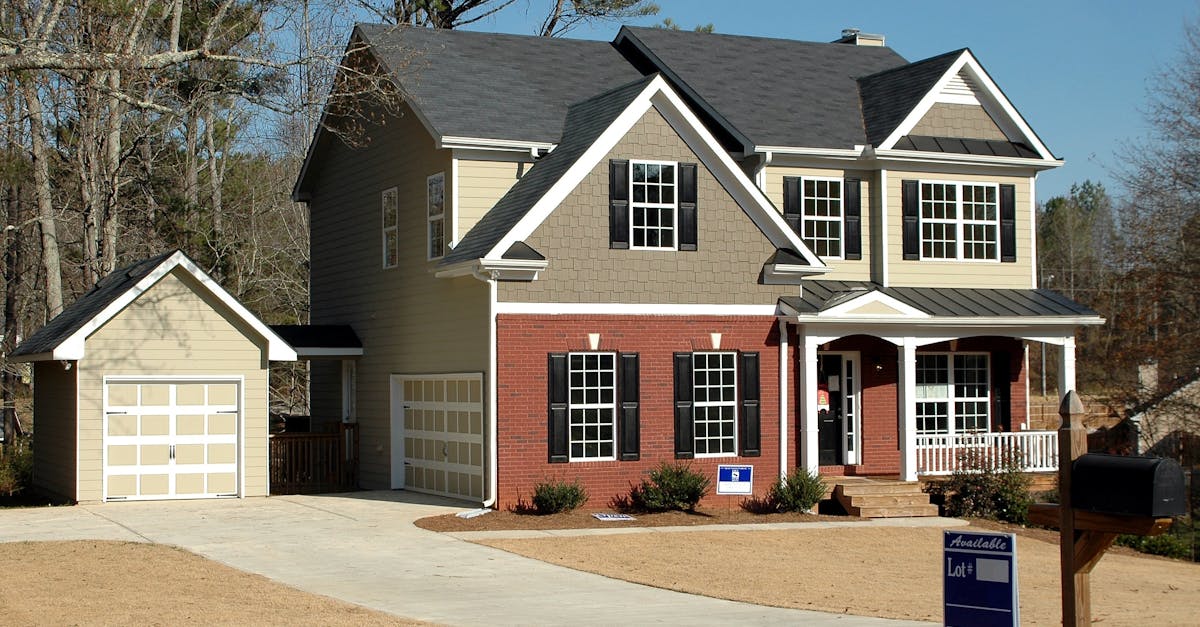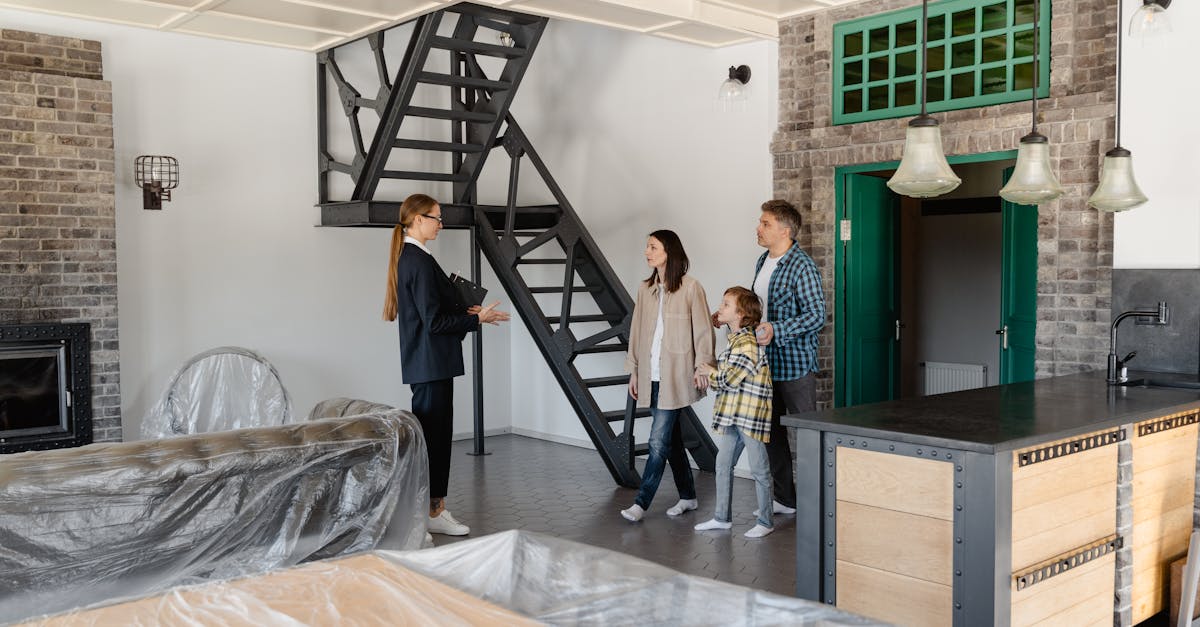
Table Of Contents
Interest Rates for Investment Property Loans
Interest rates for investment property loans are typically higher than those for primary residences. Lenders view investment properties as riskier ventures. Higher borrowing costs are common due to the potential for rental income variability and the increased likelihood of foreclosure. Consequently, prospective investors should anticipate that the rates will be influenced by factors such as credit scores, the property location, and the overall loan amount.
When considering an investment property loan, it is essential to shop around for competitive rates. Different lenders may offer various terms that can significantly impact the overall cost of the loan. Borrowers should also consider the long-term implications of interest rates, as even a slight difference can accumulate substantial amounts over the life of a 30-year mortgage. Understanding these elements plays a critical role in making informed financial decisions.
How rates differ from those for primary residences
Interest rates for investment property loans typically exceed those for primary residences. Lenders perceive investment properties as higher risk due to the potential for market volatility and the possibility of foreclosures. This risk is reflected in the pricing of interest rates, making them generally more expensive for buyers looking to invest.
Additionally, the down payment requirements for investment property loans often differ from those for primary residences. Investors may need to provide a larger down payment, usually around 20% or more, compared to the lower requirements for primary homes. This difference can impact the overall affordability and attractiveness of investment property loans for potential buyers.
Down Payment Requirements
When securing a loan for an investment property, understanding down payment requirements is crucial. Typically, lenders expect a larger down payment compared to primary residence loans. While primary homes might allow for as little as 3% or 5% down, investment property loans often necessitate a minimum of 15% to 25% down. The specific percentage can vary based on the lender, the borrower's creditworthiness, and the property's intended use.
A higher down payment serves multiple purposes. It not only lowers the lender's risk but also demonstrates the borrower's commitment to the investment. This is particularly important for investment property loans, as they often come with stricter terms. By putting more equity into the property from the outset, borrowers may secure more favorable interest rates and terms over the life of the loan.
Typical percentages needed for investment purchases
When considering investment property loans, down payment requirements play a crucial role in the overall financing process. Typically, lenders expect a down payment ranging from 15% to 25% of the property's purchase price. This percentage can vary based on factors such as the borrower's creditworthiness and the type of property being financed. A larger down payment may not only secure better loan terms but also mitigate some of the inherent risks associated with investment properties.
Potential borrowers should also be aware that the specific percentage required can depend on the lender's policies and the nature of the investment. For instance, multi-family homes or properties that the owner intends to rent out may have different requirements compared to single-family investments. Understanding these variations is essential for anyone looking to finance an investment through property loans, as it can influence the overall investment strategy and cash flow projections.
The Application Process
Applying for a 30-year loan on an investment property involves several detailed steps. The first step typically includes gathering your financial documents. Lenders will require information such as personal tax returns, bank statements, and records of any rental income. Demonstrating your financial stability is essential for approval.
Once you've assembled your documentation, the next phase is to complete the loan application. This paperwork will detail your income, assets, and liabilities. Lenders will review your credit history and assess the property’s income potential. Thorough preparation can streamline the process for Investment Property Loans, increasing the chance of a favorable outcome.
Steps involved in applying for a 30-year investment loan
Applying for a 30-year investment property loan involves several key steps. Start by reviewing your financial situation, including your credit score, income, and existing debt. Lenders typically require a robust financial profile for investment property loans, as they see these properties as higher risk compared to primary residences. Gathering documents such as tax returns, bank statements, and proof of rental income can streamline the application process.
Next, compare different lenders to find the best terms and interest rates. Each lender may have specific requirements and product offerings for investment property loans. Once you select a lender, you will complete a loan application and submit all necessary documentation. The lender will then assess your application, which may include a property appraisal and an underwriting process. Being prepared with all pertinent information can help expedite the journey toward securing your investment property loan.
FAQS
Can I get a 30-year loan for an investment property?
Yes, many lenders offer 30-year loans specifically for investment properties, allowing investors to spread out their payments over a longer term.
How do interest rates for investment property loans compare to primary residences?
Interest rates for investment property loans are typically higher than those for primary residences due to the increased risk for lenders.
What is the usual down payment required for an investment property loan?
Most lenders require a down payment of at least 20% for investment property loans, although some may accept lower amounts depending on specific circumstances.
What steps are involved in applying for a 30-year investment loan?
The application process generally includes gathering financial documents, completing a loan application, obtaining a credit report, and getting the property appraised.
Are there any special requirements for qualifying for a 30-year investment property loan?
Yes, lenders typically look for a strong credit score, proof of income, and a detailed plan for managing the investment property to qualify for a loan.





